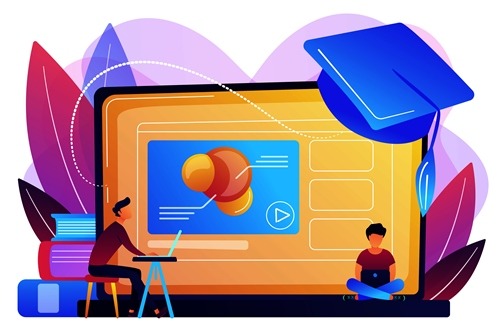There are no items in your cart
Add More
Add More
| Item Details | Price | ||
|---|---|---|---|
NCERT Science Notes - Class 8
Chapter 13 - Light
Welcome to AJs Chalo Seekhen. This webpage is dedicated to Class 8 | Science | Chapter 13 - Light. The chapter delves into the fascinating properties and behavior of light. This chapter covers essential concepts such as reflection, refraction, and dispersion of light. Students will learn about the laws of reflection, the formation of images by plane mirrors, and the functioning of the human eye. Engaging activities and experiments, such as observing how light bends through different mediums and creating simple optical instruments, make learning interactive and fun. This chapter aims to provide a comprehensive understanding of light, its various phenomena, and its significance in our daily lives.
NCERT Science Notes - Class 8 Chapter 9 - Friction notes ajs, cbse notes class 10 ajslearning, cbse notes ajs, ajs notes class 10, ajslearning, ajs chalo seekhen
NCERT Science Notes - Class 8
Chapter 13 - Light
How is the World Known?
What Makes Things Visible?
Incident and Reflected Rays
Ray of Light: Idealization and Beam
| S. No. | Angle of Incidence (∠i) | Angle of Reflection (∠r) |
|---|---|---|
| 1. | 30º | 30º |
| 2. | 45º | 45º |
| 3. | 25º | 25º |
| 4. | 60º | 60º |
| 5. | 50º | 50º |
Relation Between Angle of Incidence and Angle of Reflection:
Reflection in a Plane:
Features of the Image Formed by a Plane Mirror:
Setup:
Activity 13.4: Exploring Reflection on Irregular Surfaces
Seeing Objects Due to Reflected Light
Single Image Formation by Plane Mirrors:
Activity 13.6: Making a Kaleidoscope
Materials Needed:
Concept:
Objective: To observe the dispersion of light through a combination of a mirror and water.
Materials Needed:
Concept:
Activity 13.8: Observing Pupil Size
Notable Achievements of Visually Impaired Individuals
1. Diwakar (India):
NCERT Science Notes - Class 8 | Science | Chapter 13 - Light
NCERT Science Notes - Class 8 | Science | Chapter 13 - Light
Dedicated team provides prompt assistance and individual guidance.
Engaging visuals enhance understanding of complex concepts.
Engaging visuals enhance understanding of complex concepts.
Assess understanding and track progress through topic-specific tests



